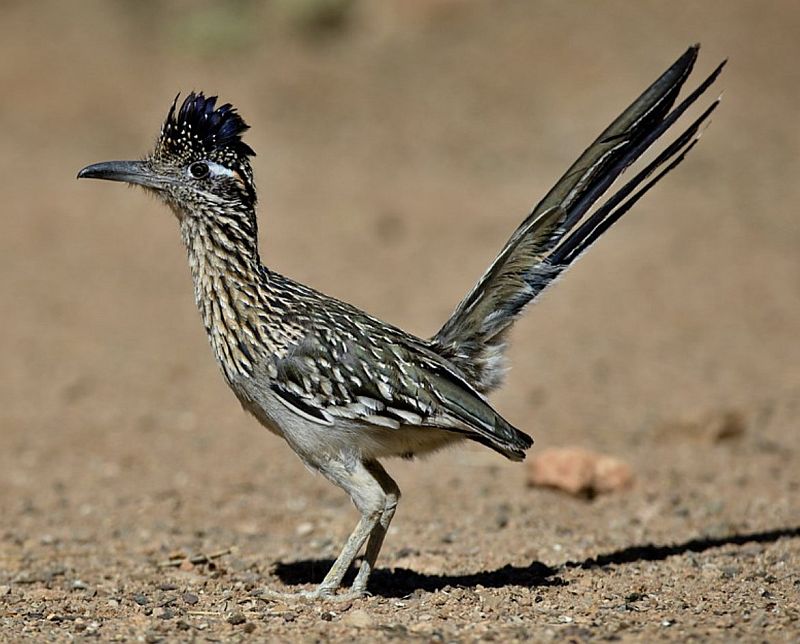The size of Nuttall’s Woodpecker (Picoides nuttallii) is about 18–19cm in length. The woodpecker food and foraging is usually a solitary forager that probes and gleans for insects, especially beetles, on twigs, foliage, and in the scrub. Acrobatic, sometimes hawks for flying insects. Also feeds on flower buds, seeds, and berries and takes sap from sapsucker wells. Nuttall’s Woodpecker forages mostly in oaks. However, the pairs preferred soft-wooded willows and sycamores as nesting sites.
The birds utilized a variety of techniques for foraging, such as the gleaning of limbs and trunks, probing, leaf and twig searching, catching flies and sucking sap, and “classical” woodpecker excavation. The majority of foraging is for subsurface and surface insects but a wide variety of species of berries and fruits, in addition to sap are consumed during certain seasons.
The bird has a Black and white ‘ladder’ back, but a mantle of solid black. Wings black narrowly barred white. White or cream below spotted and streaked, especially on flanks. The tail is black and the outer feathers are dotted white. Moreover, the face is black and white: long, narrow white supercilium, black post-ocular stripe and ear-coverts, white cheek, and thin black malar.
The forehead is buff, nasal tufts, and throat is white along with Iris chestnut. The black-gray bill and lower mandible are usually paler than the grayish legs. Both sexes are different, the male woodpecker has a black fore-crown, scarlet hind crown, and nape; the female has a black crown flecked white. Juvenile plainer, less marked, white areas greyer, male with red center crown patch speckled white, female less red.

The call of Nuttall’s Woodpecker is a low-pitched, rolling, or rattling series of prrrt notes, usually 19–20 per second, and often rises at the end. Also a longer trilling version of prrt-prrt-prrrrrrrrrrrrr. Also a sharp ka-teek, but loud squealing peek-peek-peek or kweekkweek- kweek, wick-wick-wick and tew-tew-tew. Contact calls include rising, sharp, single pik or pit and double pik-ik, pit-it or kick-it, also longer pitikikik.
The drumming of both sexes is medium-paced, level pitched, and a 1-second roll. Hence, with about 20 strikes per second, the tempo increases. Active male birds may drum 18-20 times per minute. The range of Nuttall’s Woodpecker is restricted but possibly increasing. It has moved into suburbs in some areas but declined in others due to habitat loss to construction and agriculture.
Habitat Associated with dry, open oak woodland. Also found in mixed oak-chaparral and oak-conifer. Avoids deserts though extend into them along riparian corridors. Range USA (California) and Mexico (N Baja California). Above the sea level to 2000 meters.
Nuttall’s Woodpecker is resident and mainly sedentary, with some altitudinal movements in autumn to higher elevations, but vagrant to Oregon and Nevada. The taxonomy and variation are Monotypic. There is little variation. The similar species are though rarely in the same habitat, easily confused with Ladder-backed Woodpecker but broader barring on the back, mantle unbarred, outer-tail whiter, white rather than buff nasal tufts and underparts.
Male Nuttall’s red only on hind crown and nape. Some calls are also similar, but Ladder-backed’s rattle falls at the end, where Nuttall’s rises. Thus, hybridizes with Ladder-backed and Downy Woodpeckers.
Nuttall’s Woodpecker foraging occurred primarily in oaks, but pairs showed a preference for softer-wooded sycamores and willows as nest sites. -The birds employed a variety of foraging techniques, including trunk and limb gleaning and probing, foliage and twig scanning, fly catching, and sap-sucking, as well as actual “classical” woodpecker excavation. Most foraging appears to be for surface and subsurface insects, although various fruits and berries, as well as sap, are taken in certain seasons.
Permanent pairs were occupied and protected throughout the year and occupied ranges of approximately 0.5 miles in size, and that was centered on drainage patterns. There was a lack of intrapair contact after nesting, however, during the winter and fall, males and females sat for increasing quantities of time together pairing-bond reinforcement and courtship increasing in the months of February and March. Nesting took place from mid-April through mid-June.
The period of incubation lasted for approximately two weeks. The youngsters fledge within 30 days. Males took the nests out and incubated and brooded youngsters in the evening, as well as performed the majority of daytime incubation and nest cleaning. The females and males were involved in the daily feeding and brooding activities. The responsibility of the adult is to feed the baby on average 7.2 times per hour.
The frequency of food intake was likely to be higher in the early morning hours, and it also was generally higher during the nestling period. Adults were joined by fledged juveniles up to the middle of July, after which they began to become tolerant of the youngsters and chased away. A number of violent interactions took place during nesting season between Nuttall’s Woodpeckers and a variety of hole-nesting passerines along with other woodpeckers which suggests that there was a lot of competition for nest locations.
Related Reading: Red-headed Woodpecker Call – Sounds







